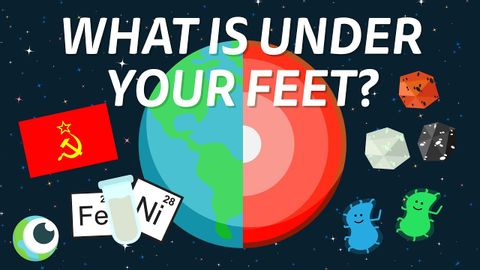
字幕と単語
地球の層。私たちの下には何があるのでしょうか? (Layers of the Earth. What is beneath us?)
00
林宜悉 が 2021 年 01 月 14 日 に投稿保存
動画の中の単語
split
US /splɪt/
・
UK /splɪt/
- adj.決別した;割れた;対立の
- v.t./i.真っ直ぐに切って分けられる;割れる;対立する;分割する;公平に分ける
- n. (c./u.)対立;分離
A2 初級
もっと見る エネルギーを使用
すべての単語を解除
発音・解説・フィルター機能を解除
